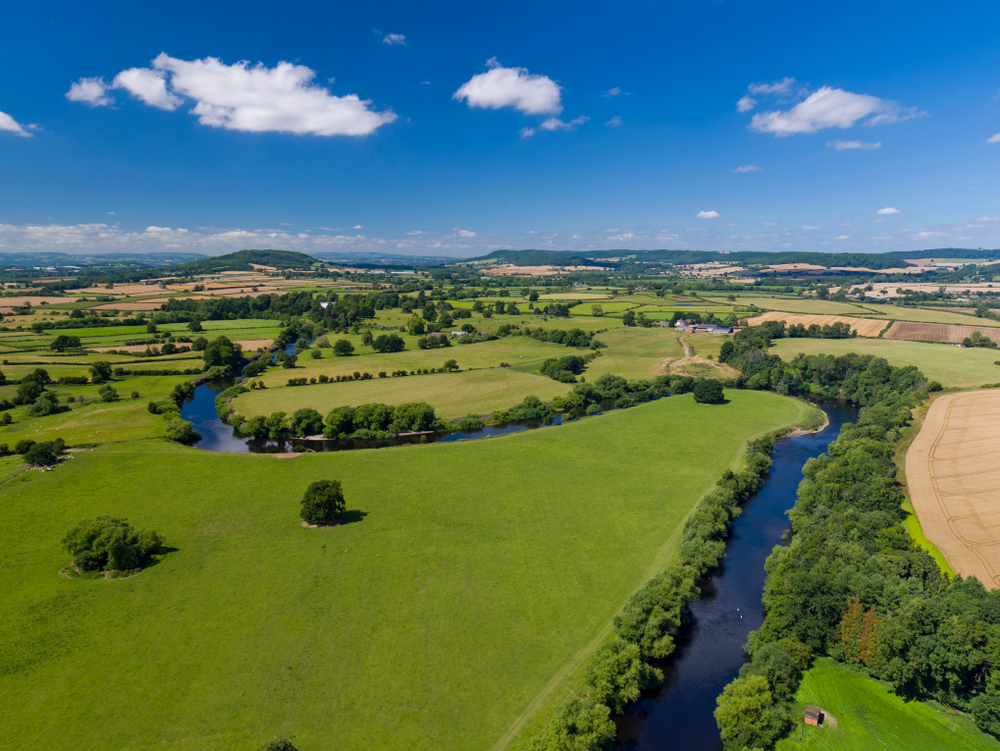Landlocked Properties: Strategies for Buyers and Sellers
By Marcie Lowery
July 31, 2025 at 2:33 PM CDT
Understanding landlocked real estate requires insight and strategy for both buyers and sellers. From securing easements to realistic pricing, understanding these challenges can streamline transactions. Discover key tactics to turn landlocked downsides into real estate triumphs.

Buying or selling real estate can be a complex process, especially when dealing with properties that are landlocked. A landlocked property is one that lacks direct access to a public road or thoroughfare, complicating the logistics of both transactions and future property use. Understanding the implications of landlocked properties is crucial for both buyers and sellers to navigate the real estate market smoothly. Here, we explore what being landlocked means for a buyer, along with strategies a seller can employ to avoid potential issues during a transaction.
For buyers, landlocked properties may initially seem off-putting. The lack of legal access to a public road means additional challenges such as negotiating with neighboring landowners for an easement—a legal right to cross someone else's land. Without such access, developing, using, or even reaching the property can become complicated. Buyers should consider the following:
- Research and Due Diligence: Before agreeing to purchase a landlocked property, thorough research is essential. Buyers should consult with a real estate attorney to explore potential easements or existing agreements that may offer access to public roads.
- Negotiate Agreements: Often, it’s possible to negotiate an easement with neighboring property owners. Establishing a friendly and professional relationship could pave the way for fruitful negotiations.
- Future Utilities: Consider implications for future utilities such as water, electricity, and sewage, which may require similar easements for connection purposes.
Sellers, on the other hand, should proactively prepare to mitigate potential obstacles when listing a landlocked property. Here are steps a seller can take for a smoother transaction:
- Secure an Easement: Where possible, secure an easement agreement with adjacent property owners before listing your property. This makes the landlocked property more attractive to buyers, reducing their burden.
- Provide Documentation: Be ready to supply documentation on any existing easements or legal agreements regarding access. This transparency builds trust with potential buyers.
- Realistic Pricing: Price your property according to its unique circumstances. If an easement is not secured, potential buyers might perceive a lesser value, so adjust your asking price accordingly to remain competitive.
Navigating real estate transactions involving landlocked properties requires comprehensive understanding and preparation. By educating themselves and securing proper legal channels for access, buyers can invest with confidence, and sellers can present their properties competitively. As you engage with this sector of real estate, consider reaching out to professionals like those at Realty Texas who are well-equipped to offer guidance and support. Whether you are a buyer seeking a hidden gem or a seller streamlining your real estate offering, informed decision-making is key to achieving your goals.
Ultimately, the challenges of landlocked properties aren’t insurmountable. With the right knowledge and planning, and the help of expert REALTORS®, both parties can enjoy a seamless real estate experience.
If you're seeking further guidance on navigating real estate complexities like landlocked properties, professionals such as Marcie Lowery, with Realty Texas,Always remember that the intricate process of buying or selling real estate can be made much smoother with the right team by your side. Reach out to Marcie at 512-629-0899 or 903-626-0060 by phone or email at Marcie-Lowery@realtytexas.com. Visit my website at https://marcie-lowery.realtytexas.com
DISCLAIMER: This blog is for informational purposes only and not to be used as legal advise.

Comment